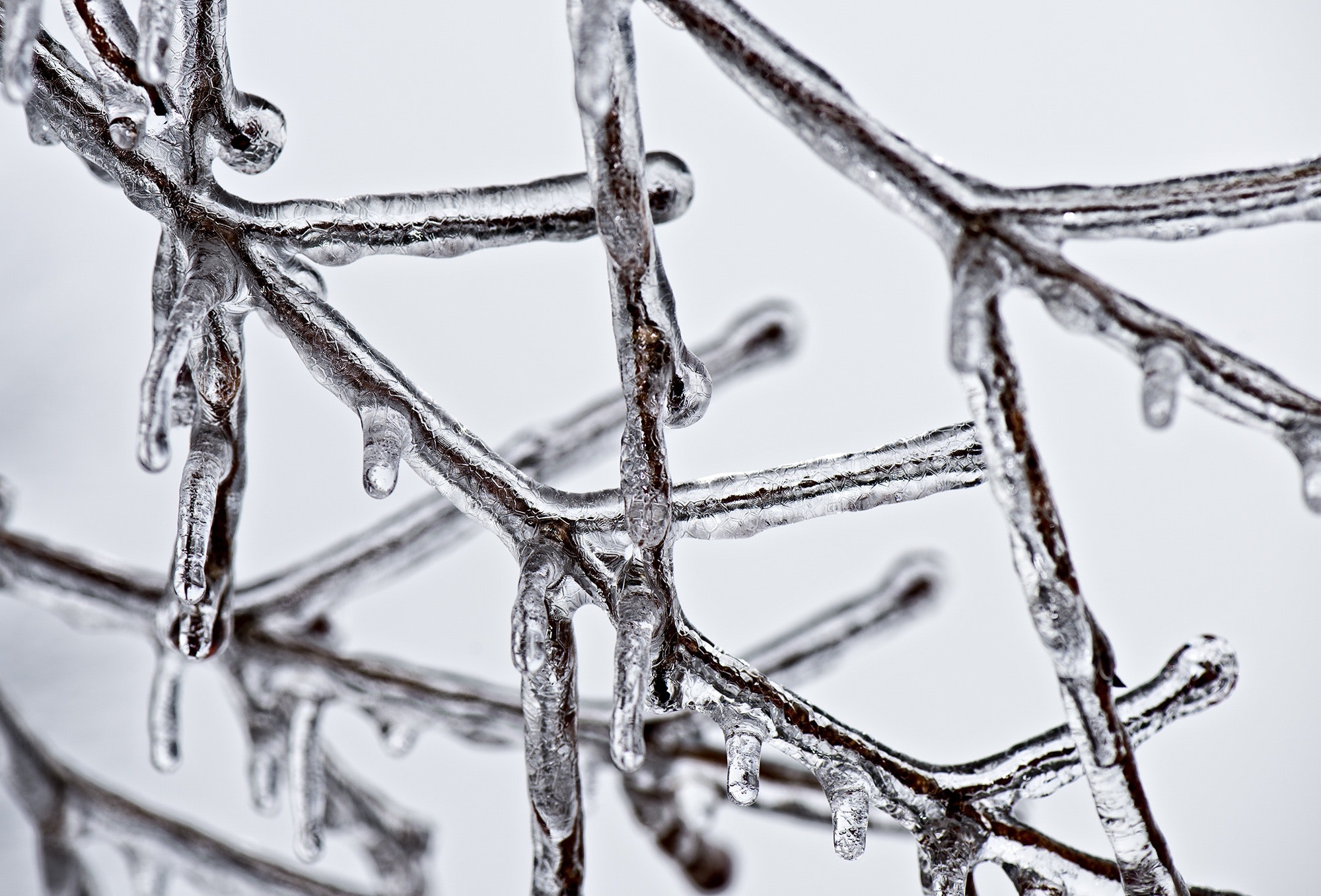Winter Pruning, 101
By Thomas Christopher
Winter is here, but don’t curl up beside the fire just yet, because this is the best season for pruning most deciduous trees and shrubs. In part, this is a matter of visibility. With the foliage stripped away, you can plainly see the structure of the plants, their skeletons, and make informed decisions about what should stay and what should go. Then, too, there is less danger at this time of year of insects or disease spores homing in on the vulnerable fresh cuts your pruning will leave, and you set the tree or shrub up for healthy, positive expansion when spring draws it back into active growth. Finally, because there are few other gardening tasks to be accomplished now, this is the time of year when you have the leisure to attack this task, which is often put off during the rush of spring and summer.
Start your pruning by taking a hard look at the natural growth pattern of the tree or shrub you are targeting. Your pruning should be calculated to enhance that. This may seem obvious, but too often gardeners try through their cuts to make the plant do something against its nature. They top back upright trees or shrubs to keep them low, and shear back expansive specimens to keep them artificially compact. This sort of mistreatment cripples the plant, destroying its intrinsic beauty, and leaves it vulnerable to disease and insect attacks. If a plant is upright, let it grow up; if it is spreading let it spread. If it doesn’t fit into its spot, that means it should be moved or replaced.
After having assessed the plant, the first step is to remove the three D’s: any dead, damaged or diseased branches should be cut off at their bases. Crossing branches, those that rub up against each other, are the next concern. Remove one of the two, leaving the branch that shows the healthiest growth and that most contributes to the beauty of the plant. If the tree or shrub is congested with branches at its center, thin the excess growth, so that air and light can penetrate to the center of the plant. This is especially important for ornamental trees such as crabapples which are vulnerable to fungal diseases.
Next remove all suckers and watersprouts. Suckers are straight and unbranched shoots that emerge from the base of the tree or shrub’s base; watersprouts are similar to suckers in appearance, but they grow up from the limbs.
When removing a branch at its base, do not cut it off flush with the trunk. Instead, cut just outside the thickened collar that normally surrounds a branch’s base. This encourages faster, healthier healing of the pruning wound. If you remove just part of a branch, be sure to cut back to a side branch, so that you don’t leave an unsightly and decay-prone stub. Nor should you coat wounds with pruning paint. It’s a natural impulse to want to cover up the wound but research has found that such treatment actually promotes decay.
Take your time while pruning. Step back periodically to assess your progress, and make sure that you are respecting the plant’s natural form. Keep in mind that each cut is irrevocable: you can always remove more, but you can’t put the branch back after you have cut it. And don’t overdo it. You should never remove more than a quarter of the branches in one year’s pruning of a tree or shrub.
Sharp tools are a must, because ragged cuts invite disease and decay. For most jobs you’ll find that a sharp pair of bypass pruning shears, a sturdy pair of loppers, and a keen pruning saw are sufficient. If the cuts are so large that they require a chainsaw, it might be time to call in a certified arborist.
One category of shrubs that you should exempt from wintertime pruning are the spring bloomers. Azaleas, forsythia, lilacs, bigleaf hydrangeas and other spring bloomers typically flower on old wood. That is, the flowers emerge from buds on twigs that sprouted the previous year. This means that if you cut off branches in wintertime, you are removing buds that would open into blossoms the subsequent spring. To maximize bloom, prune all such spring bloomers right after they flower, so that they will have the rest of the growing season to make new flower buds.
Thomas Christopher is the co-author of “Garden Revolution” (Timber Press, 2016) and is a volunteer at Berkshire Botanical Garden. berkshirebotanical.org
Be-a-Better-Gardener is a community service of Berkshire Botanical Garden, one of the nation’s oldest botanical gardens in Stockbridge, MA. Its mission to provide knowledge of gardening and the environment through 25 display gardens and a diverse range of classes informs and inspires thousands of students and visitors on horticultural topics every year. Thomas Christopher is the co-author of Garden Revolution (Timber press, 2016) and is a volunteer at Berkshire Botanical Garden. berkshirebotanical.org.



